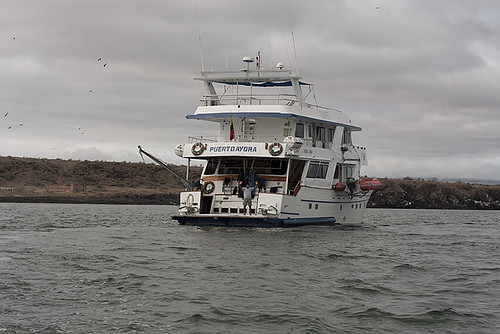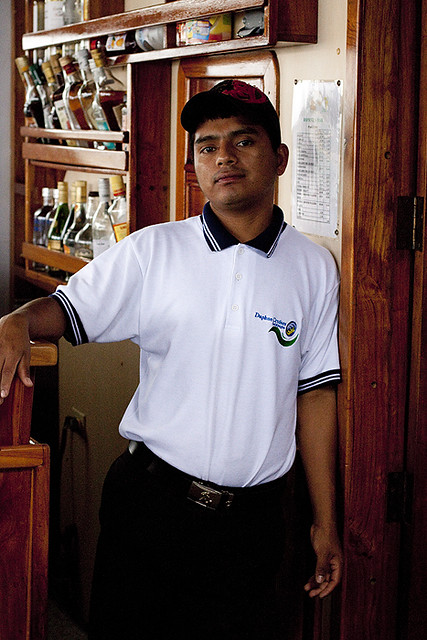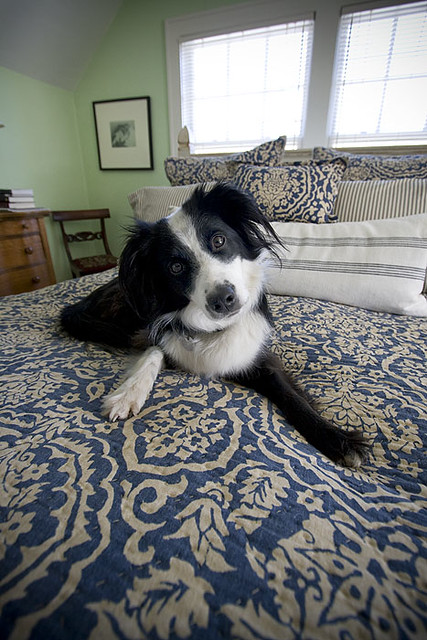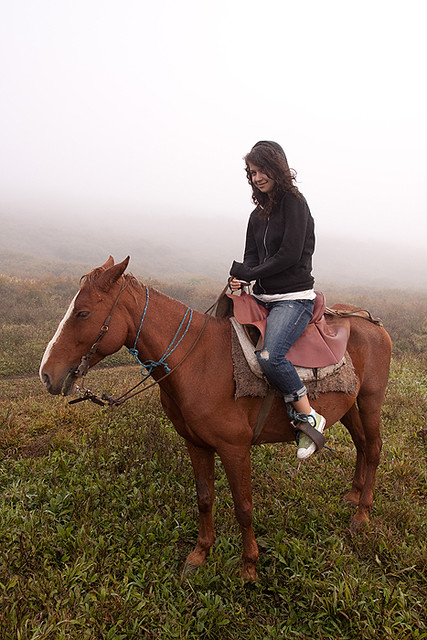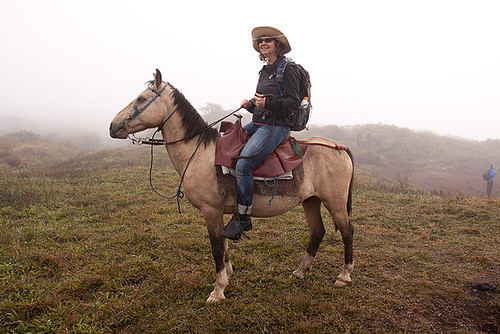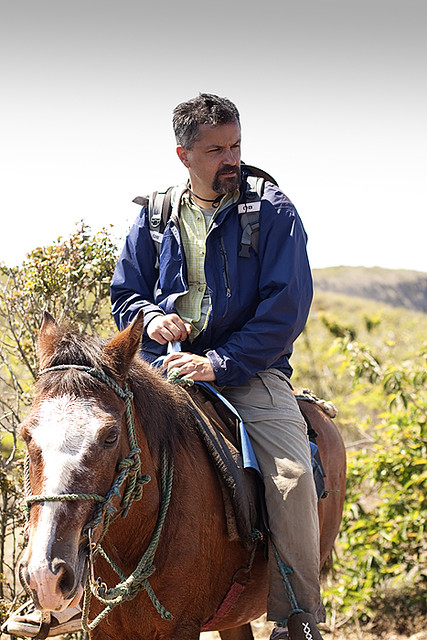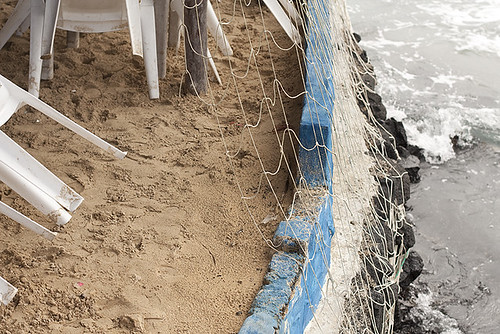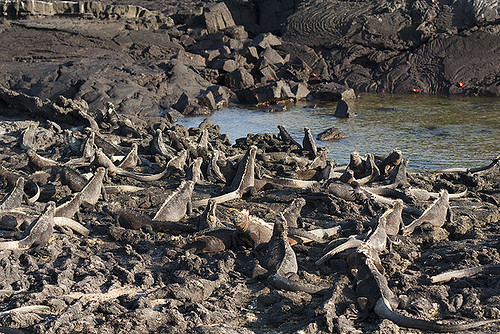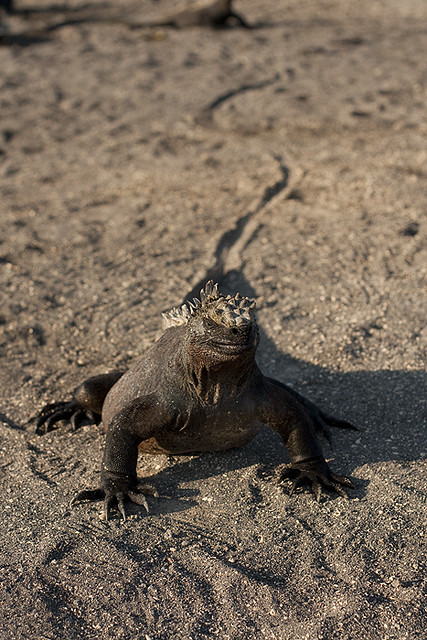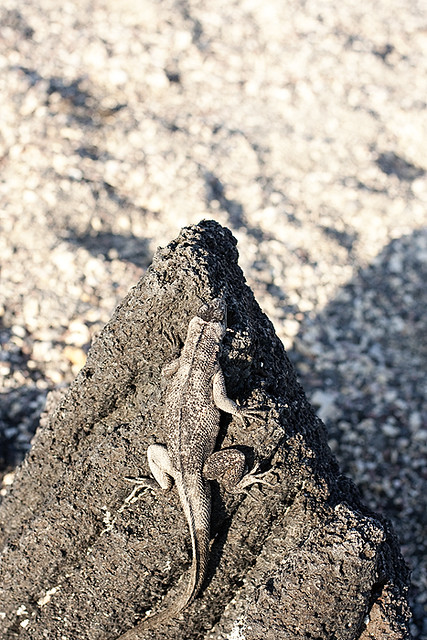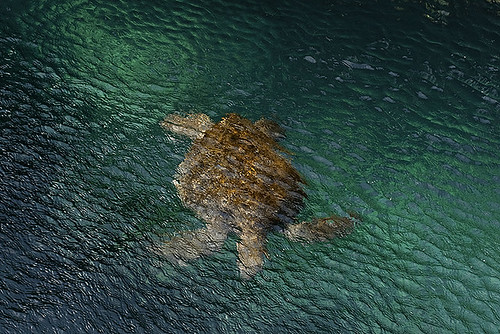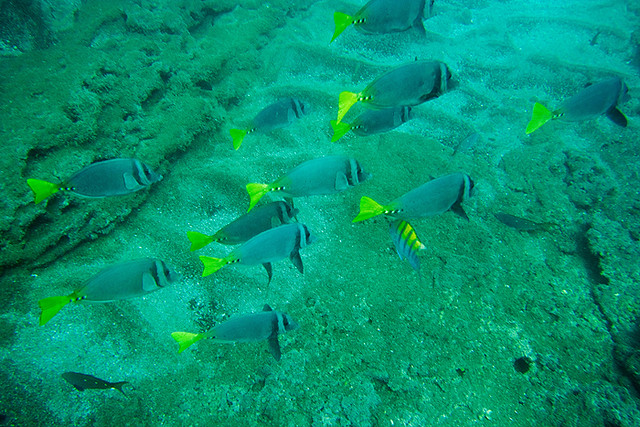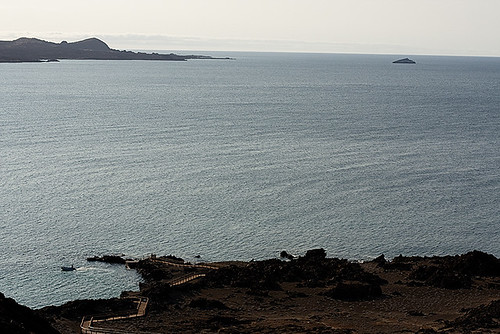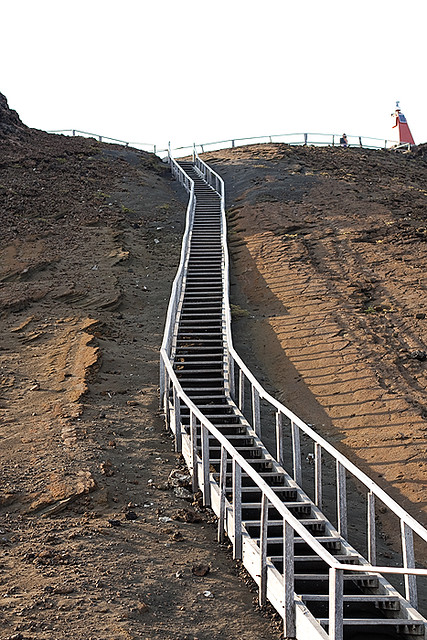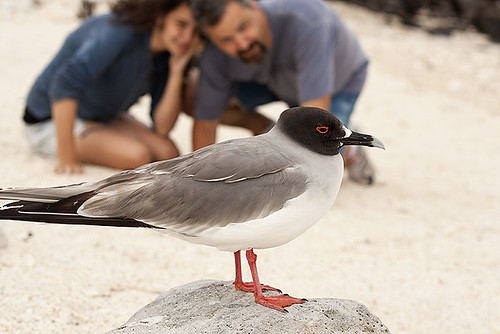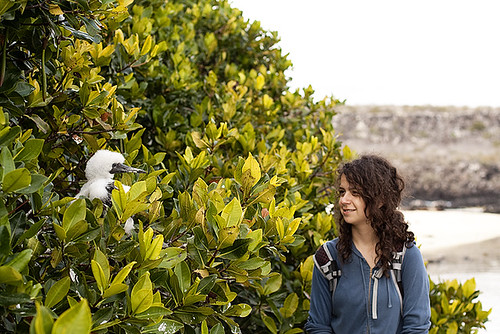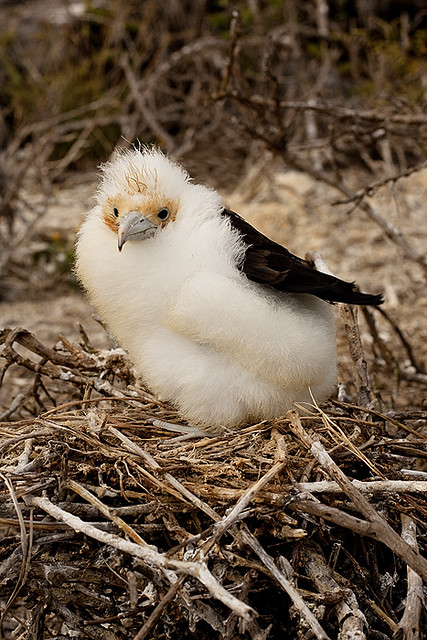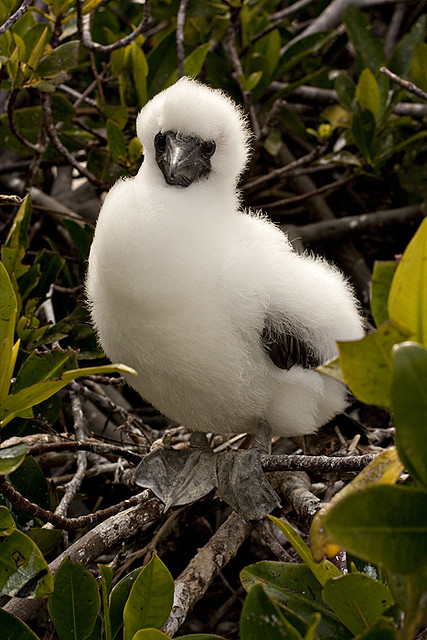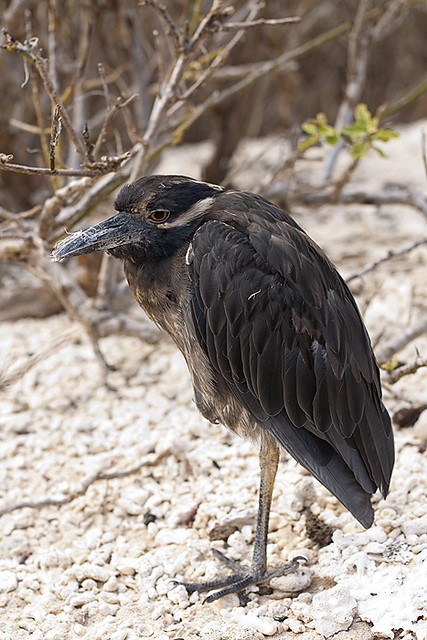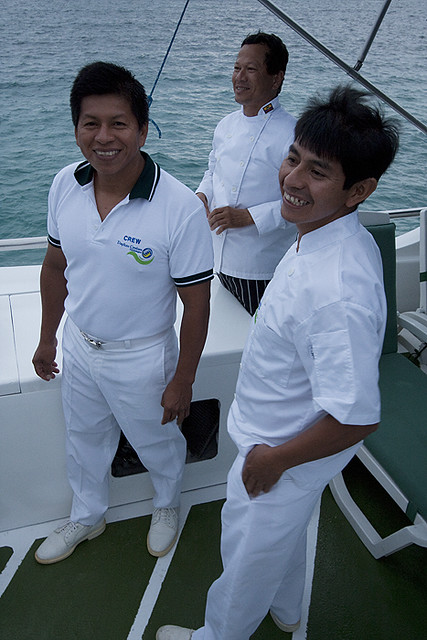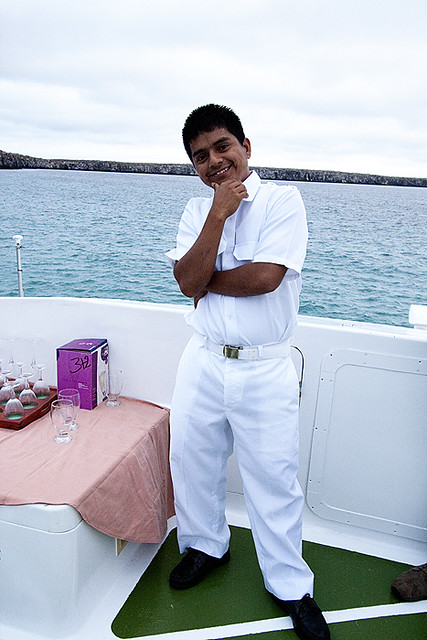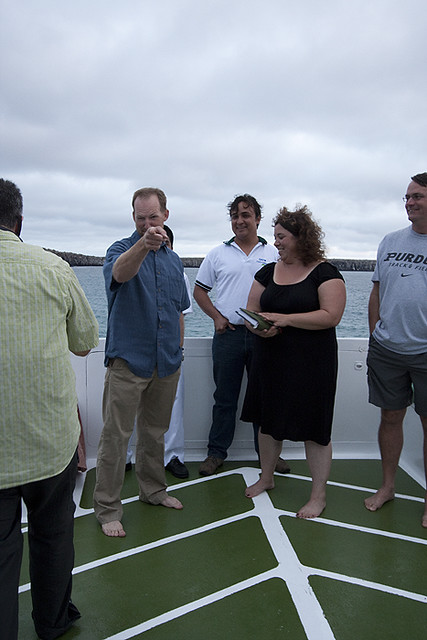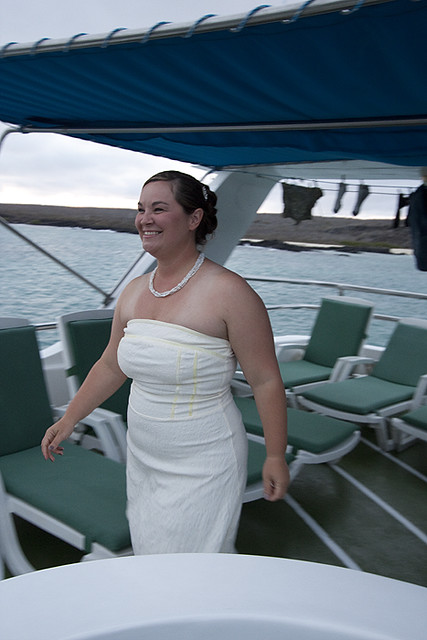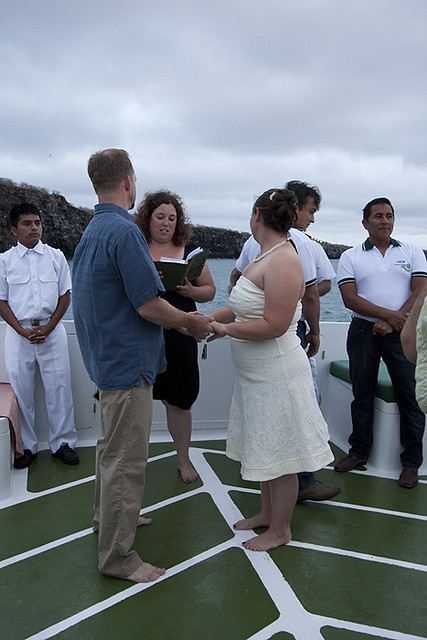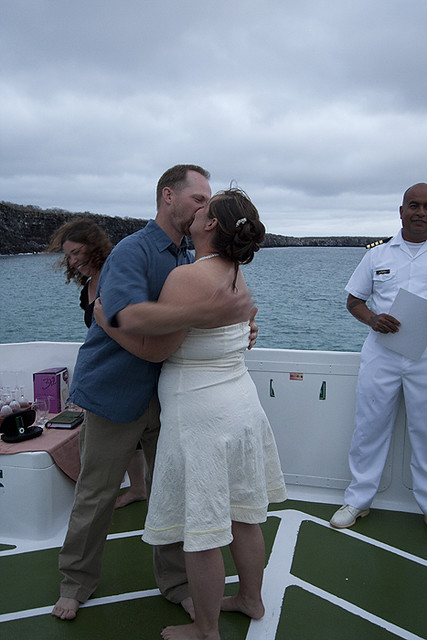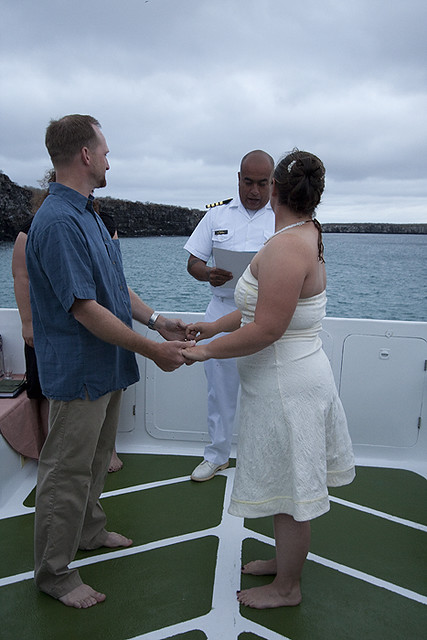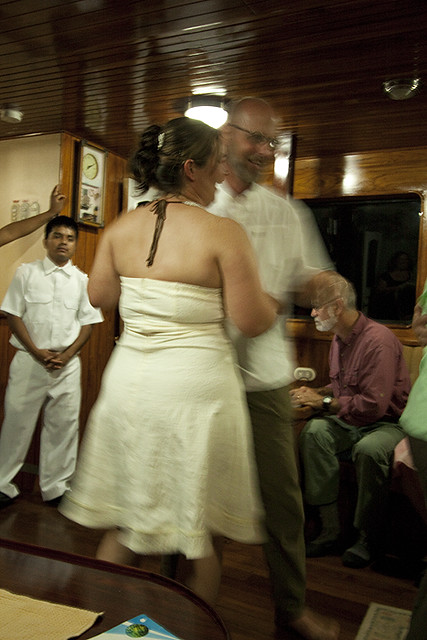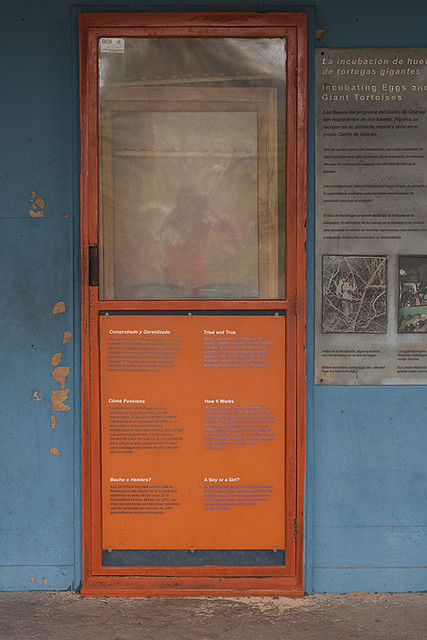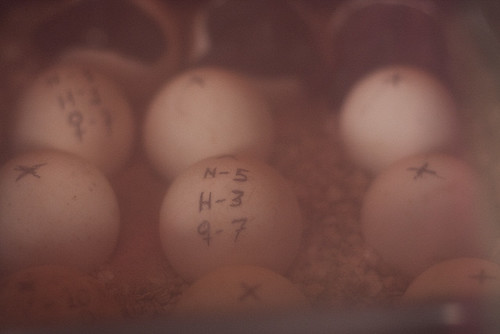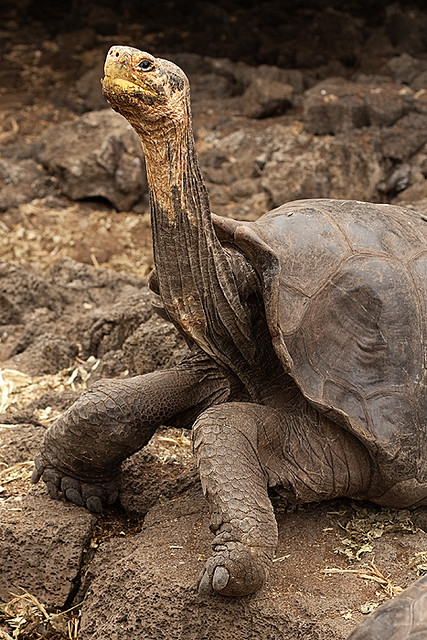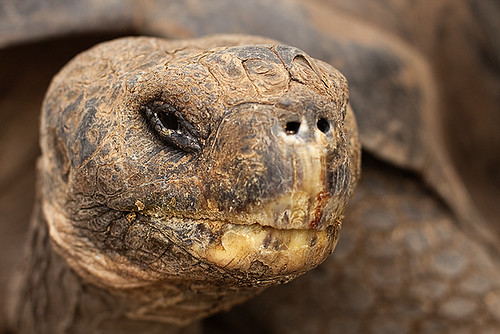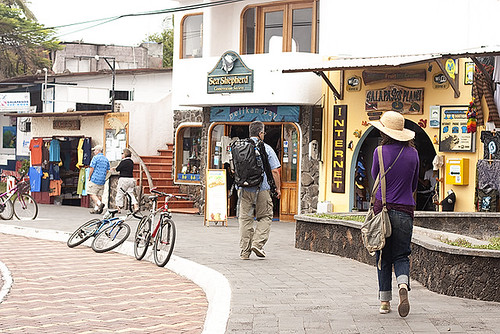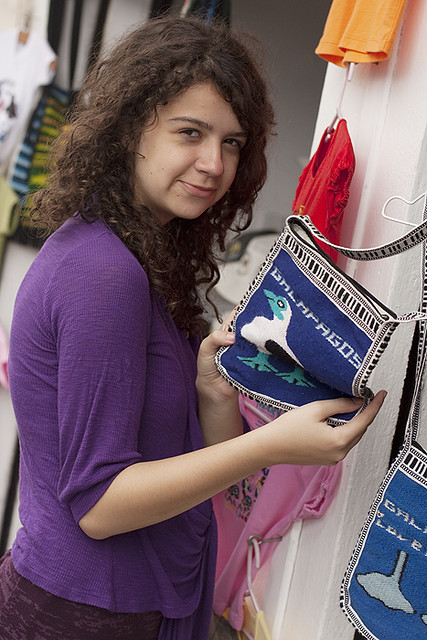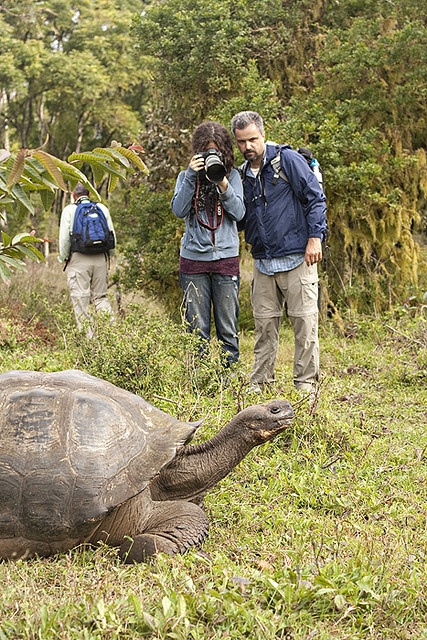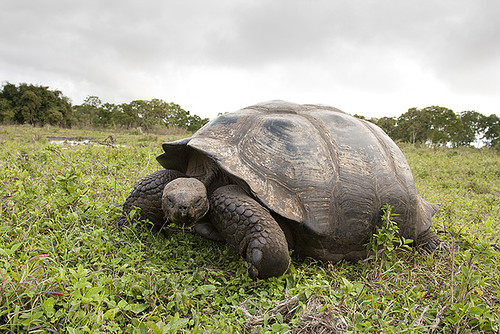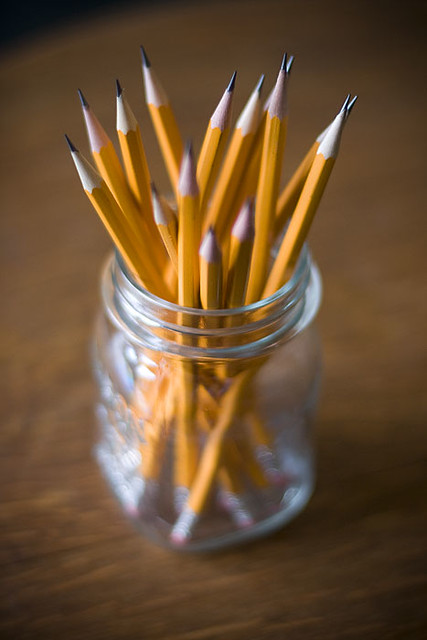
The start of the school year is always a bit frantic... purchase $100+ of supplies, organize notebooks, binders, sharpen pencils, get up early, back into a routine. Those are good things. The first week is always exciting... Which electives did you get? Which teachers did you get? Which friends are in your classes? Where's your locker?
Then the second week arrives, and along with it, homework! This year there is plenty of it. The reality of it all doesn’t really come until parents attend Back-to-School night. This is the night when parents rush around the school going to all your child's classes following the order that your child has written out for you, in an hour and a half. Parents are in each class for exactly ten minutes, with three minutes in between to run to the next class on the schedule. Note to self: next year do NOT wear heels. Running shoes only!
In those ten minutes parents are informed of what each class will cover for the year, how much work is expected to take place at home (aka homework), and told how we can help our child(ren) accomplish all this. There are several projects that parents need to be involved with this year such as community service projects and a family history term paper. Oh, and then we're asked to volunteer either on a regular basis in the classrooms, on special projects, or by driving for field trips.
Tonight after my daughter's weekly two hour dance class (Portland Public Schools cut back the P.E. program this year, so this is a must), she typed a paper, created a diagramed poster on the destruction of the ozone layer explaining the process, read a chapter for social studies and did an assignment based on that reading, worked on a few math problems, read for half an hour and fell asleep. This is all after being in school for nearly seven hours.
Just for fun I decided to add up the number of hours that go into school and homework per week. Here’s what I came up with:
30 hours in school per week (5 days)
4 hours Math homework (1 hour, M-Th)
4 hours Language Arts homework (1 hour, M-Th)
4 hours Social Studies homework (1 hour, M-Th)
4.5 hours Science homework (1-1 1/2 hours, S, T, Th)
That's a total of 46.5 hours a week!
When there are large projects going on, the number of homework hours will, of course, increase.
Her teachers claim they’re preparing them for high school. But that's next year. This is 8th grade!
I would love to hear from other parents. How does your child’s workload compare?
I gotta go sharpen some more pencils now...

